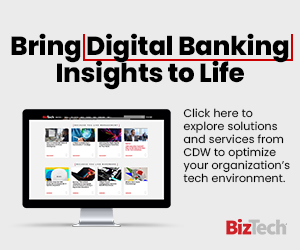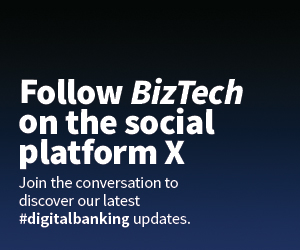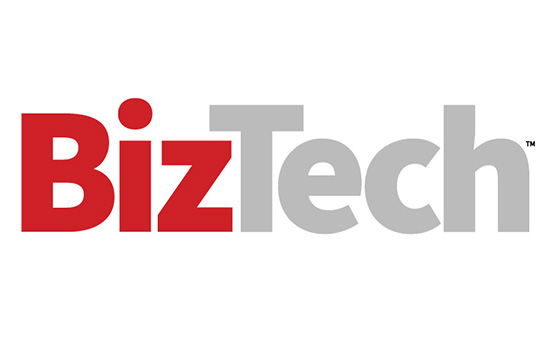How Banks Leverage Data To Help Customers
Regions Bank, which has more than 1,400 branches in 15 states in the South and Midwest, strives to leverage AI to personalize the customer experience in a number of ways, including in offers they make to customers, content they show customers online, and information they provide to commercial and small-business account associates, to “help them deepen those relationships” said Kristen Rankin, Regions’ executive vice president and head of digital. They also use it in the contact center, leveraging sentiment analysis to help associates manage calls more smoothly.
“If someone is having a problem and they’re frustrated, that’s probably not the best time to suggest a new product,” Rankin said.
Woodforest National Bank, which has about 750 branches in 17 states, uses personalization techniques to protect customers against financial fraud, according to Jason Schlitz, Woodforest’s senior product manager for digital channels. “The bad actors are trying to use AI faster than we are, so we have make sure that we keep up,” he said.
DIVE DEEPER: Read more in CDW's Artificial Intelligence Research Report.
And Fifth Third Bank, which has about 1,100 branches in 11 states, uses personalization techniques routinely to build new product offerings for customers. For example, it recently developed an “onboarding checklist” for all new account holders, designed to help them better understand their own financial wellness goals, according to Erin Crawford, the bank’s vice president of consumer digital for payments and money management. Fifth Third also uses personalization to help its collections department, providing associates with information on specific customers that “might help that customer get out of delinquency,” she said.
“Is there a settlement offer they’d qualify for? Because maybe that customer can’t be on a payment plan,” Crawford said.
In every case, though, banks should be striving to help customers first, not the bank, Schlitz said: “I’m actually trying to help the consumer do a better job on their financial wellness.”














